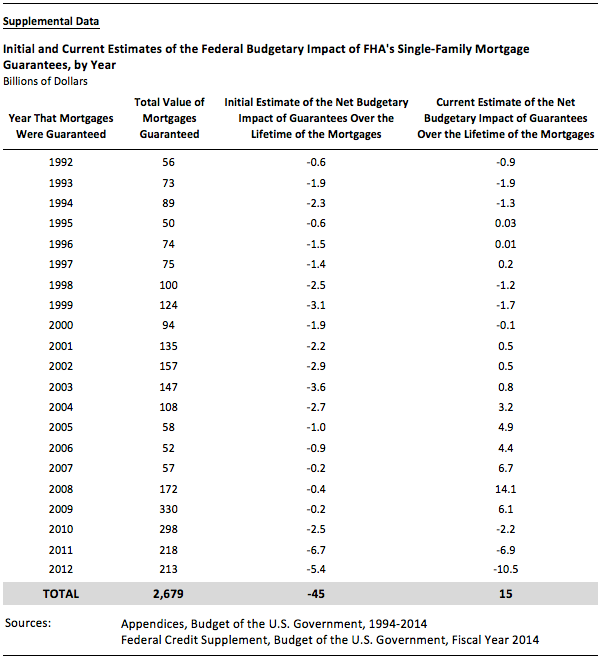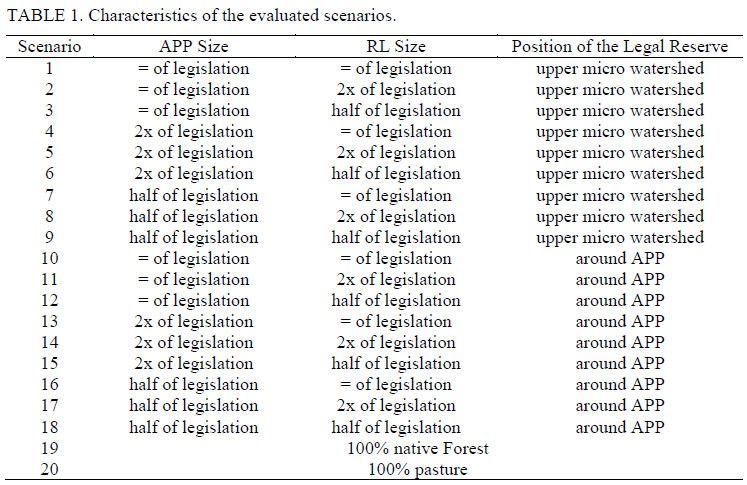Estimating Land Values
Post on: 21 Сентябрь, 2015 No Comment

Estimating Land Values
The Nature of Land and Natural Resources
- Characteristics of Land
- Land Rent Compared with Market Value
Principles of Land Assessment
- Utility, Scarcity and Desirability
- Limitations on Land Ownership and Use
- Factors that Contribute to Land Value
- Highest and Best Use of Land
- Procedures for Land Assessment
- Defining the Assignment
- Determining the Data Required and Its Source
- Collecting and Recording the Data
- Verifying the Data
- Analyzing and Interpreting the Data
- Estimating the Market Values
- Public Examination and Analysis of the Land Market Values
- Periodic Updating of Assessments

Methods Used to Assess Land Value
- Three Approaches to Valuing Real Estate
- Specific Methods Used in Appraising Land Value
- Sales Comparison
- Per Dwelling Unit Site
- Per Square-Foot
- Per Acre
- Per Front-Foot
The Source of Public Revenue
- Environmental Preservation
- Efficiency of Public Revenue
- How Much Land Rent Should the Community Collect?
The Nature of Land and Natural Resources
Characteristics of Land
Land, in an economic sense, is defined as the entire material universe outside of people themselves and the products of people. It includes all natural resources, materials, airwaves, as well as the ground. All air, soil, minerals and water is included in the definition of land. Everything that is freely supplied by nature, and not made by man, is categorized as land.
Land holds a unique and pivotal position in social, political, environmental and economic theory. Land supports all life and stands at the center of human culture and institutions. All people, at all times, must make use of land. Land has no cost of production. It is nature’s gift to mankind, which enables life to continue and prosper.
Land’s uniqueness stems from its fixed supply and immobility. Land cannot be manufactured or reproduced. Land is required directly or indirectly in the production of all goods and services. Land is our most basic resource and the source of all wealth.
Land rent is the price paid annually for the exclusive right (a monopoly) to use a certain location, piece of land or other natural resource. People receive wages for work, capital receives interest for investment, and land receives rent for the exclusive use of a location. Equity and efficiency require that the local general public, who created land value, should be paid for the exclusive use of a land site. That Payment is in the form of a land tax.
When considering world-wide economics, most people think that land rent contributes only a small insignificant portion of value. But as societies progress, land has become the predominant force in determining the progress or poverty of all people within a community. Land in major or cities is so costly that people are forced to move further away and travel great distances in order to get to work and social attractions. In the more developed countries of the world, land rent represents more than 40% of gross annual production.
Since land is fixed in supply, as more land is demanded by people the rent will increase proportionally. Demand is the sole determinant of land rent. Changes in land rent and land taxes have no impact on the supply of land, because the land supply is fixed and cannot be significantly expanded. Labor and capital are variable in supply. A higher price for commodities causes more labor and capital to make itself available. Labor and capital are rewarded for their work. A high price is an incentive to work harder and longer, while a low price is not an incentive to work harder and longer.
The rent of land, however, serves no such incentive function, because the supply of land is fixed. The same amount is available no matter how high or low the price. Buildings are not a part of land rent. Land rent results from the desire made by everyone who lives within a community to use land. Economic rent is the only source of revenue that could be taken for community purposes without having any negative effect on the productive potential of the economy. Economists consider rent to be a surplus payment which is unnecessary to ensure that land is available. When a community captures land rent for public purposes, both efficiency and equity are realized.
The economic market rental value of land should be sufficient to finance public services and to obviate the need for raising revenue from taxes, such as income or wage taxes; sales, commodity or value-added taxes; and taxes on buildings, machinery and industry. Public revenue should not be supplied by taxes on people and enterprise until after all of the available revenue has been first collected from the natural and community created value of land. Only if land rent were insufficient would it be necessary to collect any taxes.
The collection of land rent, by the public for supplying public needs, returns the advantage an individual receives from the exclusive use of a land site to the balance of the community, who along with nature, contributed to its value and allow its exclusive use.
Land Rent Compared with Market Value
Land Market Value is the land rental value, minus land taxes, divided by a capitalization rate. (1) Each of these terms is defined as follows:
- Land Rental Value is the annual fee individuals are willing to pay for the exclusive right to use a land site for a period of time. This may include a speculative opportunity cost.
- Land Taxes is the portion of the land rental value that is claimed for the community.
- Capitalization Rate is a market determined rate of return that would attract individuals to invest in the use of land, considering all of the risks and benefits which could be realized.
- Land Market Value is the land rental value, minus land taxes, divided by a capitalization rate.
The mathematical relationship is then:
Land Market Value














